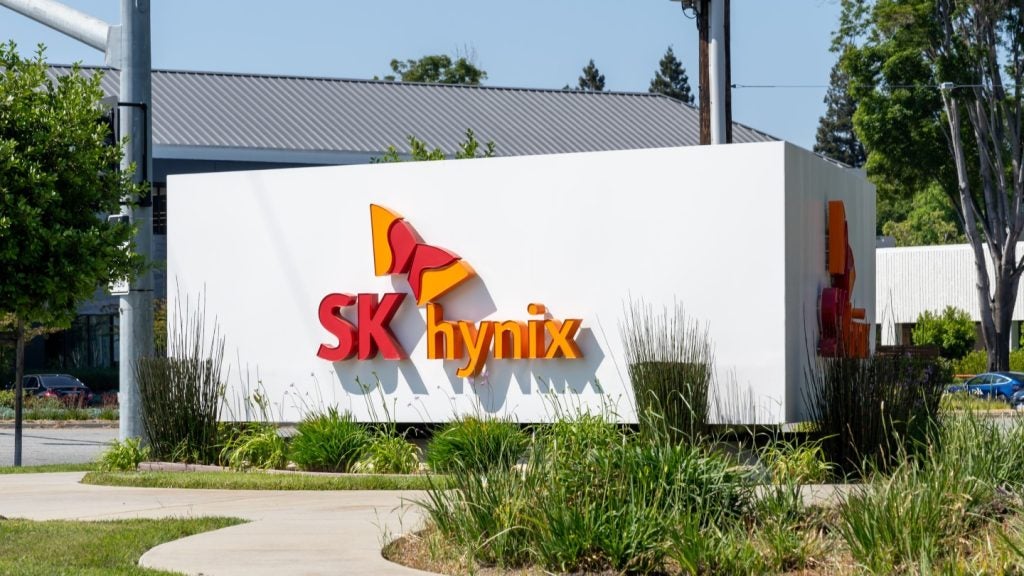Desktop Metal has been granted a patent for a compound sintering furnace that manages contamination during the debinding and sintering process of parts. The furnace includes an inner insulation layer, a sealed housing composed of a refractory material, and an outer heater system. The inner heater system internally heats the inner insulation layer and contributes to heating the work zone to the sintering temperature. The furnace also includes gas feedlines and vacuum lines for process gas delivery and vacuum application. GlobalData’s report on Desktop Metal gives a 360-degree view of the company including its patenting strategy. Buy the report here.
According to GlobalData’s company profile on Desktop Metal, Additive manufacturing monitoring sensors was a key innovation area identified from patents. Desktop Metal's grant share as of September 2023 was 39%. Grant share is based on the ratio of number of grants to total number of patents.
Compound debinding and sintering furnace with controlled contamination
A recently granted patent (Publication Number: US11766718B2) describes a compound debinding and sintering furnace with controlled contamination of debinding and sintering parts. The furnace includes an outer insulation layer and an inner insulation layer, with a sealed housing composed of a refractory material surrounding the inner insulation layer. The outer heater system, in conjunction with an inner heater system, heats the work zone to the debinding temperature and prevents condensation of a binder during the debinding process. The inner heater system contributes the majority of heating to reach the sintering temperature during the sintering process.
The furnace also features a housing door that serves as an openable and closeable portion of the sealed housing. It includes an outer door insulation and an inner door insulation, with a high-temperature seal arrangement between them. This arrangement provides gaseous isolation and includes an inner seal and an outer seal in gaseous communication with a gas channel. A sweep gas is delivered to the gas channel to inhibit the ingress of gaseous contaminants from the outer seal to the inner seal.
Additionally, the furnace includes gas feedlines to deliver process gas to the work zone and vacuum lines to apply a vacuum to the interior of the sealed housing. An electrical feedthrough allows for the connection of an electrode, which can be electrically connected to the inner heater system or a temperature sensor for monitoring the temperature within the work zone.
The outer insulation layer is made of a material capable of withstanding a service temperature greater than the debinding temperature but less than the sintering temperature. The inner insulation layer is made of a different material that can withstand the sintering temperature.
The compound debinding and sintering furnace may also include cooling channels traversing through the outer insulation layer to regulate the temperature.
Overall, this patented furnace design provides controlled contamination during the debinding and sintering processes, ensuring efficient and reliable production of debinded and sintered parts.
To know more about GlobalData’s detailed insights on Desktop Metal, buy the report here.
Data Insights
From

The gold standard of business intelligence.
Blending expert knowledge with cutting-edge technology, GlobalData’s unrivalled proprietary data will enable you to decode what’s happening in your market. You can make better informed decisions and gain a future-proof advantage over your competitors.







